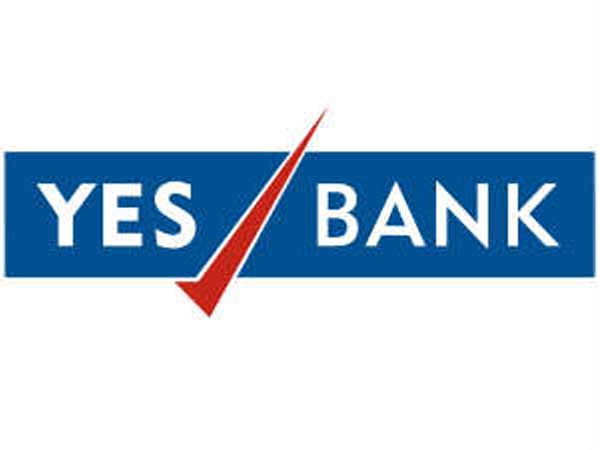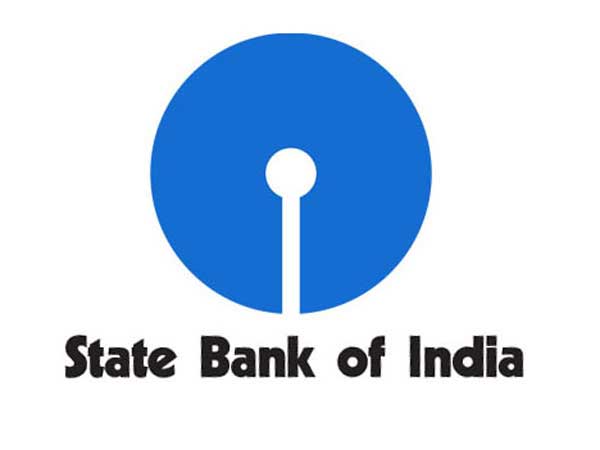There is action in property fractions
[ad_1]
Read More/Less
Fractional property ownership is an idea that is seeing increasing traction in the last few years. One route is listed Real Estate Investment Trusts (REITs) that allow retail investors to purchase shares in a larger property such as office building. Besides, there are platforms that facilitate private REITs. In just the last five years, ₹750 crore has been transacted through these fractional ownership companies, with ₹350 crore worth of deals in just the last year, as per JLL India.
Owning a fraction and getting rental income and potential capital appreciation has many merits. You get geographic and property diversity, minimizing risk. Property selection and management is done by professionals – reducing hassle. You can earn 8-10 per cent rental yields and only invest a smaller amount than in purchase. Also, the concept has worked well globally and can be a game changer in India too. That said, do understand how it works and critically evaluate various risks.
How fractional property ownership works
The investment platform service provider starts out by finding a pool of investors as well as suitable properties for investment. Some examples of providers include PropertyShare, RealX, Strata and hBits. Property developers also offer this service, with or without a technology platform.
A special purpose vehicle (SPV) is formed (typically for each property) that becomes the property owner with the investments received. Investors own shares or compulsory convertible debenture (CCD) in the SPV. The property is managed by the service provider on behalf of the SPV. The property is managed by the SPV and rental income received is distributed to investors – as interest on CCDs or dividend on shares. After the holding period (typically 5 years), the property is sold, and money returned to investors. You may also sell holdings in the SPV to other investors.
There are different types of costs for the services. Annual fees, for property maintenance may be about 1-2 per cent of investment amount or 8-15 percent of rents collected. When the property is sold, the platform may take a share – about 20 per cent of the gains. In some cases, this is only charged if the profits are above a certain limit. There may also be transaction fees – in buying and selling – and property tax, actual maintenance costs and other overheads.
Providers may also have a minimum investment size. Strata and hBits require ₹25 lakh to get you started. The amount may be smaller for others or based on the cost of the property being invested in (to limit the number of investors).
You are liable for taxes on interest income and dividend. The income is subject to tax deducted at source (TDS). The capital gains on sale is taxed at a rate based on the holding period (long-term or short-term). There is also GST on the rent, paid by the tenant.
Risks in fractional real estate investing
One key risk that is often overlooked is the fact that these entities do not yet fall neatly into a specific regulation. While the legal structures are valid and meet the required law, the concept of private REITs and fractional ownership is not yet directly regulated. Hence, even as you may be provided a property title report and get periodic disclosures, there are no distinct standards for it – making it difficult to compare or enforce.
Two, as the underlying asset is real estate, the issue of illiquidity cannot be eliminated. Also, you may not find a buyer for your shares if you want to exit during the holding period. As the concept is new, the potential issues that may arise when the property is sold are not yet known. You may have to hence account for delays in selling large commercial property in your analysis.
Three, as the segment is new, there may also be provider related issues. For one, smaller players may fold, leaving investors in a lurch. They may also not be experienced in selecting the best property – without legal issues, giving the best rent and occupancy. Or they may lack the ability to maintain it well, resulting in tenants leaving or higher repair costs as well as lower resale value. There may also be conflict of interest, related party transactions and such governance issues that may be difficult to unearth.
Four, there are no guarantees on returns. While the calculations may show a certain level of occupancy and rent, market situations in that location may change and what you may get may be much lower. So, you should do your homework to understand the nature of the asset – warehouse, office building – and the market demand as well as assess if the purchase price is right.
What to check
Before you take a plunge, be sure to ask about the due diligence done on the asset, selection criteria and the platform’s investment experience. You must get clarity on the lock-in period, exit options as well as the nuances in taxation.
If you want liquidity, find out the restrictions in the SPV structure on share transfers and an assessment of market demand for the shares. It also helps to get a handle on potential legal liabilities – from tenants and others.
On expenses, work out the actual return after fees and other costs.
On income side, calculate potential revenue based on market demand, rent escalation possibilities, lock in period and quality of tenant. Factor in vacancy risks, especially as office space demand and rents in some segments have taken a hit with the pandemic.
The author is an independent financial consultant
[ad_2]




















